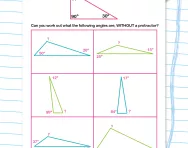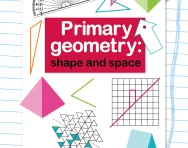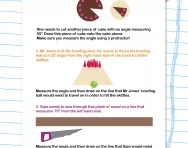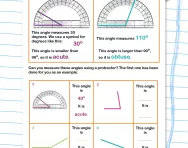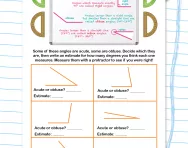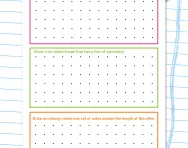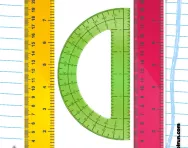Important update from TheSchoolRun
For the past 13 years, TheSchoolRun has been run by a small team of mums working from home, dedicated to providing quality educational resources to primary school parents. Unfortunately, rising supplier costs and falling revenue have made it impossible for us to continue operating, and we’ve had to make the difficult decision to close. The good news: We’ve arranged for another educational provider to take over many of our resources. These will be hosted on a new portal, where the content will be updated and expanded to support your child’s learning.
What this means for subscribers:
- Your subscription is still active, and for now, you can keep using the website as normal — just log in with your usual details to access all our articles and resources*.
- In a few months, all resources will move to the new portal. You’ll continue to have access there until your subscription ends. We’ll send you full details nearer the time.
- As a thank you for your support, we’ll also be sending you 16 primary school eBooks (worth £108.84) to download and keep.
A few changes to be aware of:
- The Learning Journey weekly email has ended, but your child’s plan will still be updated on your dashboard each Monday. Just log in to see the recommended worksheets.
- The 11+ weekly emails have now ended. We sent you all the remaining emails in the series at the end of March — please check your inbox (and spam folder) if you haven’t seen them. You can also follow the full programme here: 11+ Learning Journey.
If you have any questions, please contact us at [email protected]. Thank you for being part of our journey it’s been a privilege to support your family’s learning.
*If you need to reset your password, it will still work as usual. Please check your spam folder if the reset email doesn’t appear in your inbox.
What are right, acute, obtuse and reflex angles?
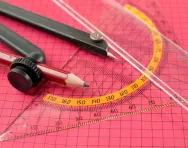
What are right, acute, obtuse and reflex angles?
| A right angle is an angle that measures 90˚ (degrees). It is also known as a 'quarter turn' because it is a quarter of a full turn, which measures 360˚. A right angle is represented by a small square inside the angle. | 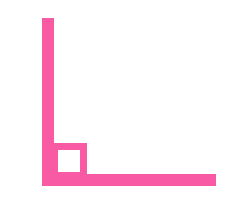 |
| An acute angle is one that measures LESS than 90˚. |  |
| An obtuse angle is one that measures between 90˚ and 180˚. |  |
| A reflex angle is an angle that measures between 180˚ and 360˚. | 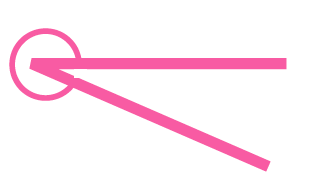 |
What do children learn about angles in KS1?
Children start learning the language of direction in Year 1, when they talk about quarter, half and full turns. Teachers encourage children to learn about turns by getting them to stand up and make quarter, half and full turns around the classroom. They may also give children a small figurine or doll for them to place on a picture and practise making various turns with. It is vital that children understand the concept of these turns, as it is the foundation for learning about angles.
By the end of Year 2, they should be able to talk about these turns, and to explain which direction they are going in: clockwise or anti-clockwise. During Year 2, children will also learn to tell the time to the quarter hour, so they should be aware of the direction in which the hands on the clock move.
What do children learn about angles in KS3?
In Year 3, children will need to recognise right angles and to know that two right angles make a half turn, three make three-quarters of turn and four a complete turn. They need to identify whether angles are greater than or smaller than a right angle.
In Year 4, children need to know about acute and obtuse angles.
In Year 5, children start using a protractor to measure acute, obtuse and reflex angles. Children also need to calculate angles around a point, on a straight line and within 90°.
Children in Year 6 will need to rotate shapes through 90° or 180°. They will need to use a protractor to measure and draw angles and calculate angles in a triangle or around a point as well as finding unknown angles in triangles, quadrilaterals and regular polygons.
Using a protractor

Teachers usually spend a significant amount of time teaching children how to use a protractor, as they often find this difficult.
Protractors are marked from 0˚ to 180˚ from left to right, but also from right to left, which can take some getting used to! Children are shown again that two right angles make up a straight line and since 90˚ x 2 = 180˚, this is the measurement for a straight line.
When it comes to acute and obtuse angles, children may be given a set of angles to cut out, measure and then sort into two groups. They may also be given questions similar to the following:

Which of these shapes has one obtuse angle and two acute angles?
(The answer is the third shape.)
Look at the inside angles of this shape. Mark the acute angles in red, the obtuse angles in blue and the reflex angle in green.
Angles worksheets and activities
To help your child put their knowledge of shapes and angles into practice download angles worksheets and other geometry worksheets.


